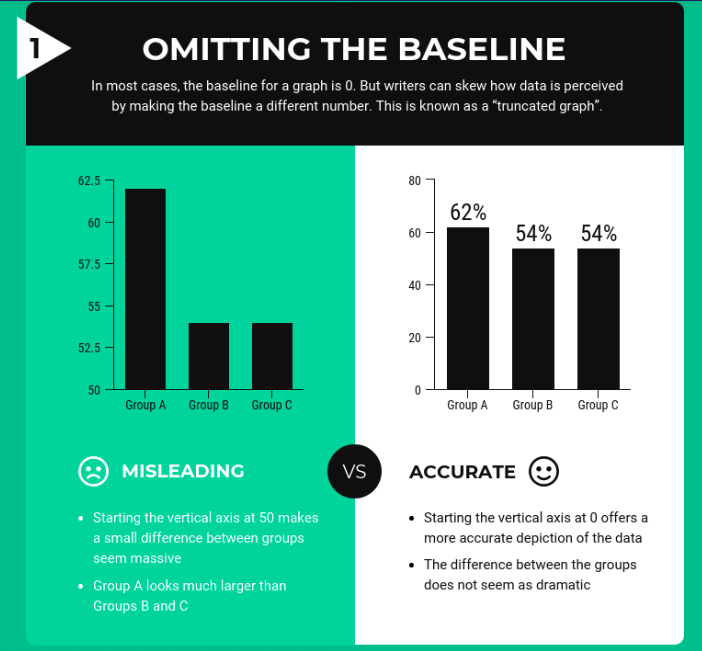
Enjoyment and engagement predict success. If your child enjoys and engages in Maths, they will do well and learn far more from every lesson. They will look for the underlying thread that ties everything together. They will always be on the lookout for interesting themes and trends.
Everyone loves practising their strengths. Those who love what they’re doing overcome obstacles with a single-mindedness. It’s a challenge, not a chore, for them and ultimately, they out compete everyone else.
The problem is many students fall out of love with Maths. They fall prey to the destructive myth “I am not a Maths person”. They miss out on careers and conclude that some things are just too hard for them.
Codswallop!
You don’t have to watch this horror movie to its grizzly conclusion. Trust me it’s not pretty. Think five years of toiling with GCSE Maths, potential retakes, and a bumper hit to their self-esteem. All the while with the time spent worrying, you both miss out on other great parts of childhood. Here are some great ways to re-engage your child in Maths:
- A direct experience of success.
Simply put, you cannot beat a direct experience of success. If your child’s beliefs about Maths and themselves are entrenched, then, it is not enough to say, “you can do it if you just try harder” or “you just need to be more resilient and have some grit”.
You are barking up the wrong tree, my friend.
I remember a friend who nearly drowned as a small child. He refused to go in water and, as a result, had not learnt to swim. It was only once he fell (or perhaps was pushed) into the swimming pool that he realised he floated. It wasn’t as dangerous as he previously thought and soon a whole world of possibilities opened to him.
He is probably a diving instructor off the coast of Bali these days…
The same goes for Maths. Some kids have had such bad experiences that they refuse to go near it mentally. They sit in class, but they never risk metaphorically drowning. The problem is you cannot learn anything this way.
So, my advice? Start where they are and not where they should be. Build their confidence with the Maths they can do. Go right back to the start if need be. Do what is possible first and soon they will be doing the impossible – enjoying Maths and excelling.
With secondary pupils, nine out of ten times, I like to start with Algebra. It’s a topic that scares many pupils, much like the water did my friend. Once they realise it’s not that hard and they can do it, this gives them a momentum to start learning the rest of Maths.
I have put together a short explainer of Algebra, the way it should be taught. Watch it with your child and talk it through.
- Make it relevant
Now we have all seen this done badly. Perhaps you remember apples and oranges or some weirdly made-up situations like this one:

I mean in what world does a friend remember all that and forget your house number? It’s absurd. Now I could show you many, many examples of this but I think you get the point.
Nevertheless, there is value in making Maths relevant if it is done correctly.
For example, when teaching statistics, I always enjoy starting my lessons with a misleading graph or statistic. The students’ job is to not get caught out!
It’s a lot of fun but there is a serious message too: plenty of people are trying to trick you with statistics. If you don’t know what you’re looking for you will be one of them!
Similarly, why not have them research an area that interests them and present a report to you on the trends of that area. You would be surprised at what kids can come up with. The amount of statistics in football is incredible these days!
If researching something seems a little hard, why not work through a relevant graph once a week (this website finds one for you https://www.turnersgraphoftheweek.com/). Talk about what they notice and what questions they have going forward.
In terms of geometry, why not pay a visit to your favourite building or look for the ratios in Michelangelo’s sculptures (on at the V & A currently). The trick is to do these things in person. These are the kinds of mathematical beauties that need to be seen to be believed. Chapels and churches are a good place to start, even if you are not religious! The craftsmanship as well as the calculations make the mind boggle.
A favourite of mine is the Old Naval Chapel in Greenwich. The story telling and artistry is a sight to behold. Several of the measurements are directly taken from the ships that these men used to sail. The whole interior has an ornateness and beauty which I cannot describe (even if I can start with the Maths!).

- Use manipulatives and show the connections
Sometimes the best way to learn is through play. Nowadays the technologies are available online that can accelerate understanding quickly.
For example, you may look at how the area calculations are derived from simple geometric re-arrangements. Again, this promotes an awe of mathematics. These rules are not just made up. Mathsbot is a good free website for basic Maths while Desmos is excellent once we get to the more “complicated” material.
I like to use animations to show particularly famous proofs. Pythagoras’ theorem is a hotbed!
The main value in these technologies is that they show that everything is connected. Algebra, number, graphs, statistics, ratio – it all centres around the same truths. We can also see the power of manipulating functions in real time. Mapping the world mathematically is fantastically useful, you see.
Thank you for reading.
I am a Maths tutor who specialises in transforming students’ experience of Maths. In 12 weeks, I take them on a journey from stuttering to long-lasting success. My course is designed so that at the end, they do not need a tutor anymore. I give them the tools and independence to succeed for the rest of their Maths career. This is founded on the idea of getting them to enjoy and engage in Maths. Once this is established, excellence grows.
If you are interested to find out more, shoot me an email on tom@tomhawkinseducation.com.
